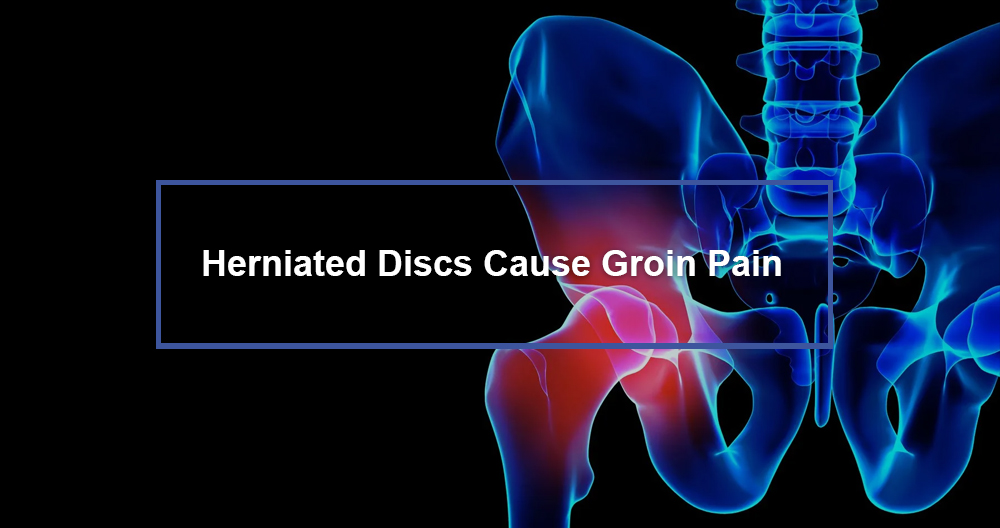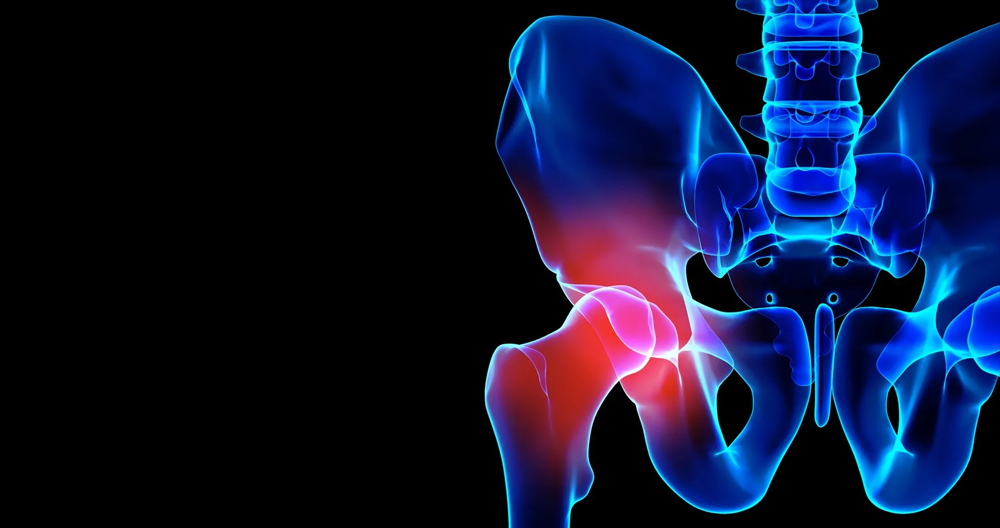
Groin pain is one the most painful areas in the body. However, there are many possible causes. If groin pain appears simultaneously with back discomfort, it is likely that the cause lies in the spine. This article will discuss groin and back pain. We’ll talk about the possible relationship between pain in these areas and discuss any injuries or conditions that could cause it. Finally, we will discuss some ways to reduce back and groin pain.
Groin and Back pain
Groin pain can be caused by many things, including:
- Hernias
- Injury to the groin
- Kidney stones
- Infections
- Arthritis
- Pulled muscles
Groin pain is usually caused by acute injuries. They can be treated with home remedies if they are dealt with in a timely manner. If groin pain is accompanied by pain in the middle or lower back, it could be due to a herniated disc, pinched nerves, arthritis, spinal stenosis, or pinched nerves. The nerves which send signals to your groin travel to your spinal column and then to the brain. These nerves can be affected by a bulging spine disc or injury to the spinal column, which can lead to groin pain.
Treating Back & Groin Pain
To treat groin discomfort, it is necessary to first diagnose the problem. The treatment options are varied and effective treatments can only be developed after a diagnosis. Your physician will likely check for spinal conditions or injuries if you have groin and back pain. The doctor will conduct a physical exam to determine the cause. The treatment options available for spinal issues, such pinched nerves or pain injections are varied.
Make an appointment with your doctor if you experience groin and lower back pain. This is especially true if you have had recent spine surgery. It’s best to have your pain checked and treated immediately.
Groin Pain can result from back problems
Herniated Disc
The spinal column not only supports the body, but also protects many nerves which travel from the brain to other parts of the body. Some of these nerves travel to the groin. If a herniated nerve presses on the nerves that run to the groin and causes pain, some people feel groin pain.
SI Joint Problems
The sacroiliac bones connect the spine and pelvis on each side. SI joint pain can result from stiffening of the ligaments, misalignment, and cartilage breakdown. SI joints, located in the lower back, can feel the pain, but it may also radiate to the groin and upper thighs.
Referred Pain
Other spine issues may cause low back pain and referred pain in your groin. Referred pain can also be felt radiating down the arm in the event of a heart attack. The same thing can happen with the lower spinal column.
How can I tell if my back pain is related?
It is difficult to determine if groin discomfort is due to problems with the spine and back. Your symptoms, physical examinations and test results can help your doctor determine if your back is to blame for your groin discomfort.
Conclusions
Groin pain is more common in older patients with L4–L5 protruding herniation. The afferent nerve responsible for groin discomfort was the sinuvertebral nerves that innervates posterior annulus Fibrosus, the posterior longitudinal and dura.

